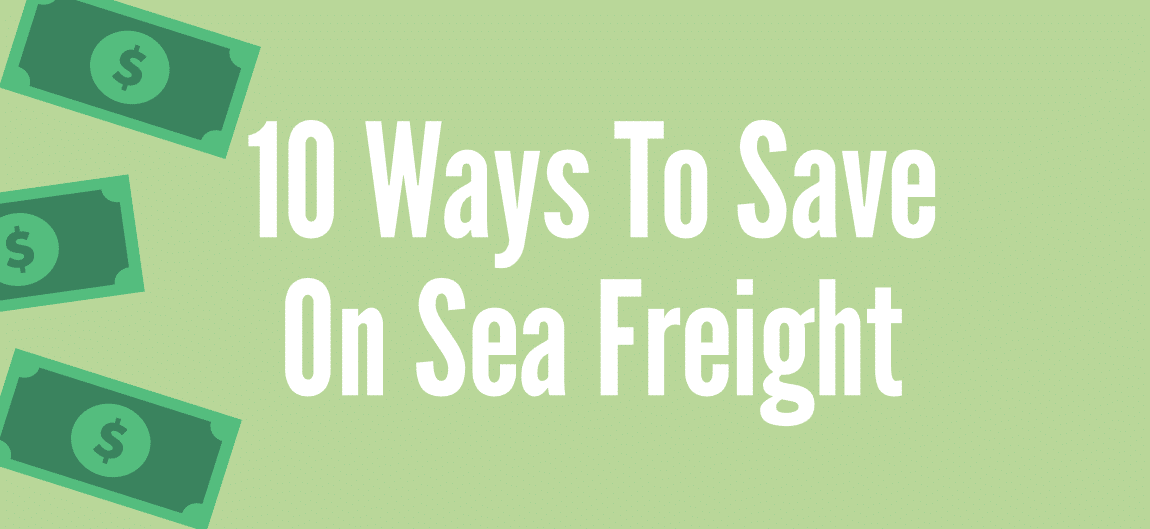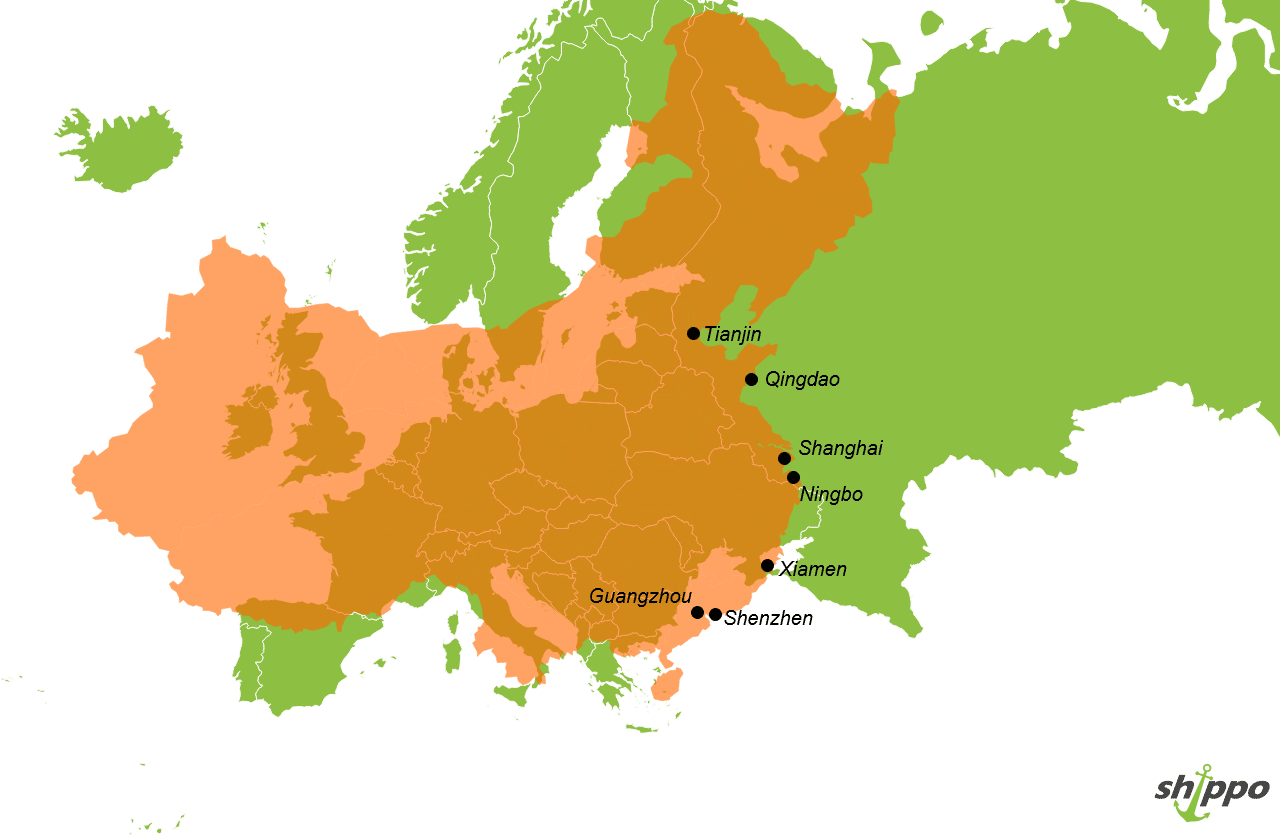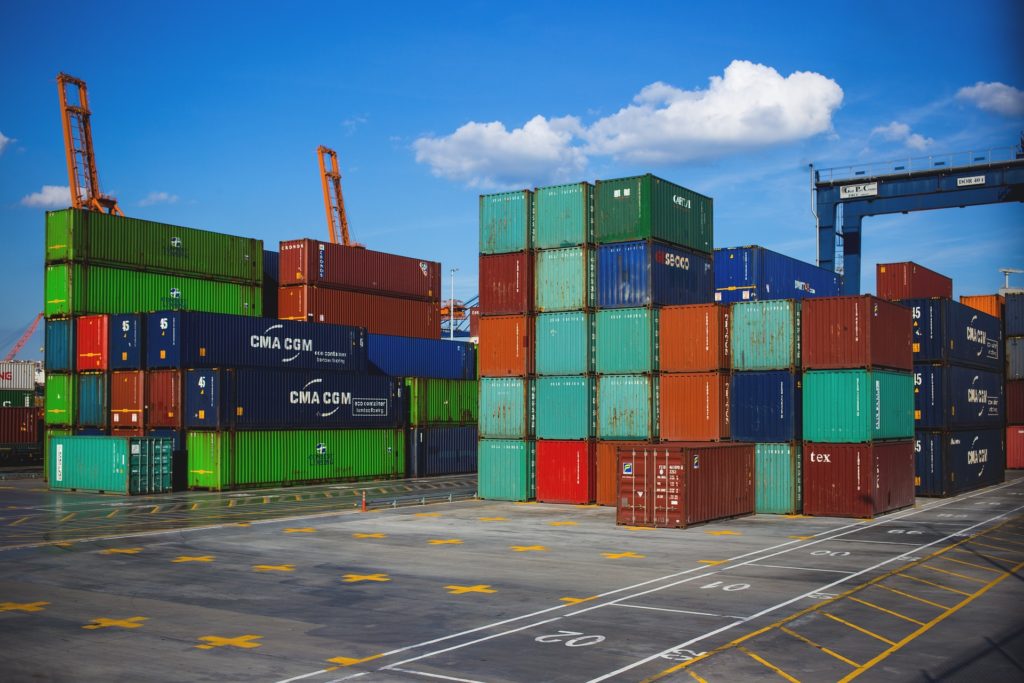Sea freight is a great bargain in comparison to other methods of international shipping, it’s true – but that doesn’t make sea freight cheap. When you’re importing, you want to minimise your costs as much as you can so that you can maximise your profits. Today, we’re going to be looking at a few ways that you save money when shipping and get the most bang for your buck.
10 Ways To Save Money When Shipping Via Sea Freight
-
Consolidated Shipments
If you’re shipping multiple items from multiple suppliers, depending on how far apart the suppliers are from one another, you can consolidate the separate shipments into one. This means that instead of having to pay for multiples of everything (freight, customs, delivery etc.) you only pay for these charges on one shipment. This is called a Buyer’s Consolidation and can save you large amounts of money.
However, when thinking about Buyer’s Consolidations from China, it’s important to remember the landmass of China is the same size as Europe! In the same way that it’s probably not cost-effective for you to transport something from the UK to Poland, transporting something from one end of China to another is typically not cost-effective.
-
Increase your order to save money
A lot of people are surprised to find that ordering more products doesn’t necessarily increase the cost of shipping – and, even if it does, it doesn’t increase the price by much. Increasing your order won’t decrease your shipping price, but it will make the cost of shipping more cost-effective as the cost per unit will go down.
In addition to this, if you increase your order size by enough, you may have enough product to fill a Full-Container Load, which can be more cost-effective depending on the volume of your shipment.
-
When you buy more goods, the unit price should go down – so renegotiate with your supplier
Again, not directly tied to shipping, but another way that you can save money when importing is to buy more of the product. The larger the volume you buy, the less the cost per unit becomes – which means the more profit you get. If you increase your order size, make sure to renegotiate with your supplier to see if the cost per unit can be decreased and save yourself some money – especially when combined with point #2.
-
Send straight to FBA
Do you know the saying “time is money”? By importing your goods straight to an Amazon warehouse (something we can do for you!) you can save yourself time and money. The turnover time (and the amount you’ll spend on transport) will be eradicated – you won’t even have to touch your goods before they’re up and running in the Amazon warehouse. One of the areas we specialise in is delivering straight to FBA on your behalf; however, to ensure we can deliver to Amazon, you’ll need to make sure that your supplier has met Amazon’s packaging requirements.
-
Don’t ship during holidays or peak times
As with most industries, there are times of the year when the shipping world is busier. Some of these times are more obvious – such as the lead-up to Christmas – and some aren’t as well known, such as national holidays in China (some of these can disrupt the chain for weeks) but they all have a major impact.
Around certain dates, there will be more congestion, more delays and, unfortunately, more price hikes. Last-minute shipping is a bad idea for this reason; if you plan your shipments, you can try to avoid peak times and holiday congestion.
-
FCL or LCL?
If you’re shipping via sea, your goods will be packed into a container, loaded onto a vessel and transported across the ocean. FCL and LCL are two different ways that your goods can be packed – and they can change your price significantly.
The two differ in a few ways – when you ship using FCL, you pay a flat rate and have an entire container to yourself. When you ship using LCL, you pay according to the volume of goods that you’re shipping and you share a container with other people. Full-Container Loads (FCL) are cheaper than Less-Than Container Loads (LCL) once you reach a certain volume of goods.
Choosing the wrong option can leave you spending far more than you need to, so ensure that you check you’re picking the right option for you.
-
Choose your shipping terms carefully to save money
Shipping terms determine who’s responsible for this and who pays for that – so if you get them wrong you could end up in a confusing situation where you end up paying way more than you need to.
This is especially true for EXW and CIF/CFR shipping terms, where you can run into massive hidden fees through things like export licenses and unforeseen extra charges at customs. When choosing your shipping terms, make sure that you’re aware of the costs and responsibilities for each term so that you know what you’re paying and why. We personally recommend FOB shipping terms as it’s an even split of responsibility and all of your costs are visible from the outset.
-
Which port are you shipping from?
There are two reasons that your outbound port has an effect on your price. One is geography and the other is the efficiency of the port.
We’ve already touched on the size of China in comparison to the size of Europe; as it’s such a large country you can imagine that the cost to transport goods varies from one end to another. Another reason that your outbound port is so important is the size of the port itself – the larger the port, the more equipped it is to deal with vessels and the lower the price. Smaller ports are more expensive due to being less efficient to use – some even need feeder vessels to be reached as they aren’t directly accessible through common routes.
Both of these things affect your price – which affects your bottom line.
Learn more about which port is most efficient to ship from here.
-
Where are you shipping to?
The same factors as above apply; the location and size of the port are both important factors to determine whether it is a cost-effective option.
-
Insure your goods, so that if (worst case) something happens, you’re covered.
This tip won’t necessarily save you money, but it will ensure that you don’t lose it.
If you make sure you’ve got marine insurance, you’re covered if something goes wrong in transit. Imagine – you’ve just spent all your savings on stock for your start-up . . . only for carelessness in the warehouse to damage your goods. If you’re uninsured, you’ll lose your money, have no goods and may need a tissue to cry into. If you have insurance, you can claim your money back – and for such a marginal expense (insurance is often as low as £35) even if you don’t need to claim money back, you aren’t going to be destroying your bottom line.
Save Money When Shipping With Shippo
There we have it – 10 ways that you can save money when shipping via sea freight. If you are interested in shipping via sea, feel free to contact us or get a quote.


